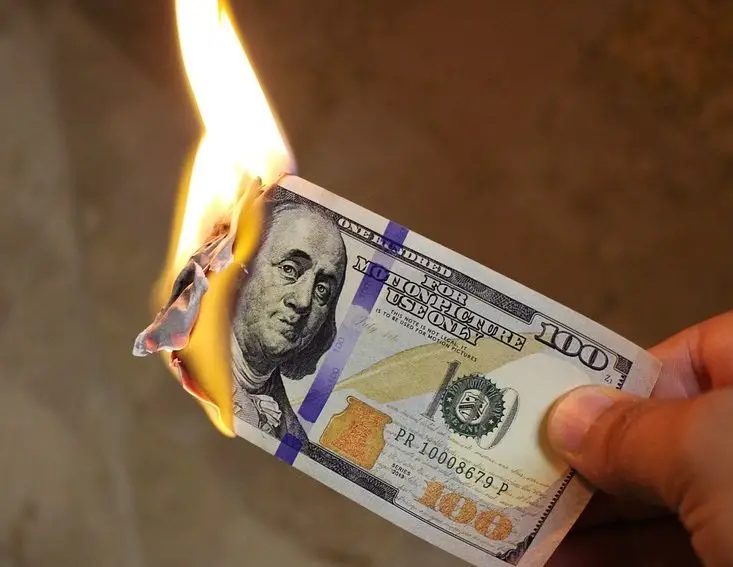British banking giant HSBC is projecting that the US will enter a recession in the fourth quarter of 2023. In its midyear outlook, issued on Tuesday, the banking giant’s Asset Management division added that countries in western Europe will face an economic downturn as early as next year.
The financial powerhouse went on to note that recession warning signs are “flashing red” in many nation’s economies, and that the bond markets are “out of sync” with fiscal and monetary policies.
Although it conceded that some parts of the US economy are still resilient, it said the balance of risks “points to high recession risk now.” Europe is lagging behind the United States, however the bank said the macro trajectory is generally aligned, according to the global chief strategist of the bank, Joseph Little, who authored the report.
Little said, “Our central scenario is for recession in western economies, and a difficult, choppy outlook for markets,” noting there were two reasons the bank made such a prediction. “First, we have the rapid tightening of financial conditions that’s caused a downturn in the credit cycle. Second, markets do not appear to be pricing a particularly pessimistic view of the world.”
Just one week before the warning, the Bank of England (BoE) raised interest rates to 5%, the highest it has been in 15 years, as it seeks to rein in a persistent inflation which is driving a cost of living crisis in the nation. The US Federal Reserve hiked interest rates in May once again, bringing the regulator’s key rate to 5.25%, the highest since 2007. Meanwhile the European Central Bank (ECB) hiked the Eurozone’s key rate to 3.75% as it battles inflation throughout the Eurozone.
HSBC Asset Management says that despite the hawkish posture of regulators in the West, it expects the US Fed would slash rates before the end of 2023, and that the ECB and BoE will do the same next year.
Little concluded, “The recession is not going to be big enough to really purge all inflation pressures out of the system. As a result, this points to a regime of somewhat higher inflation and interest rates over time.”

